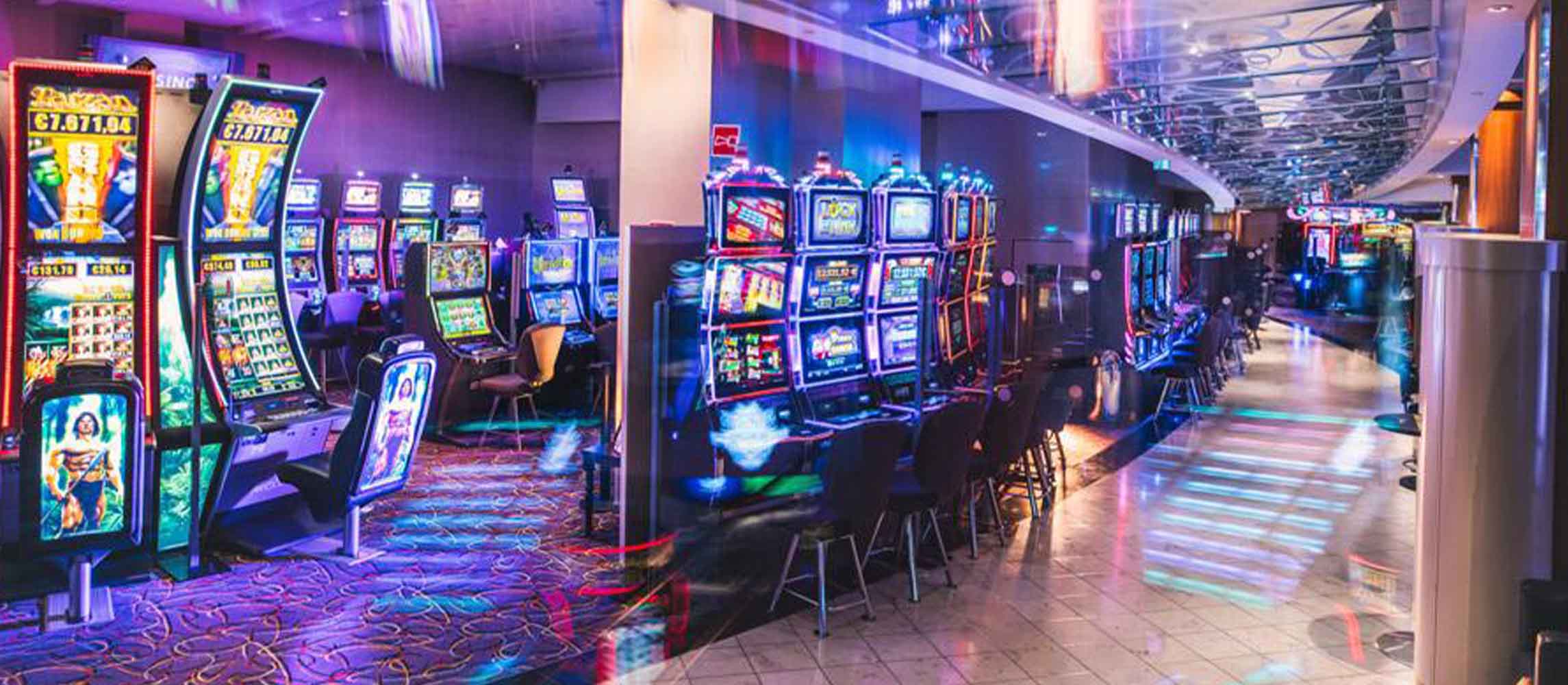
Within a dynamic and stimulating world of casinos, wherein luck and tactics intertwine, hues and design play a key role in drawing in players. As soon as players step into a casino or access a gaming website, they are immersed in a visual feast that grabs their attention and lures them to discover more. Bright colors, engaging graphics, and innovative layouts are carefully crafted to create an environment of excitement and expectation, ultimately enhancing the gaming encounter.
As gamblers navigate through the dynamic landscape of casino games, they encounter a range of designs that not only serve aesthetic purposes but also influence feelings and decision-making. Hues like scarlet and gold symbolize wealth and fortune, while soothing blues and emeralds can create a much relaxed environment. Understanding how these elements work together enables casinos to create an welcoming and energizing atmosphere that encourages players to interact with the games, invest additional time at the tables, and boost their overall enjoyment.
The Science of Color in Casino Games
Tint plays a crucial role in the development of gaming experiences, influencing players’ feelings and actions. Lively and striking colors, such as crimson and gold, are often used to ignite enthusiasm and draw notice. These colors create a feeling immediacy and vitality, encouraging gamblers to engage more eagerly with the activity. By intentionally selecting tints, creators aim to evoke feelings of satisfaction and expectation, which can enhance the total player experience.
Different shades also have psychological associations that can influence how gamblers perceive their possibilities of success. For instance, lime is commonly associated with luck and abundance, making it a popular choice in games like the roulette wheel and poker games. This link can lead participants to feel more hopeful and assured in their gameplay, ultimately inspiring them to stake more. Understanding these links allows game developers to design environments that enhance player happiness and engagement.
In addition, the design of casino game interfaces often employs blended colors and differing hues to guide players’ responses. For instance, successful outcomes may be accentuated with bright, contrasting hues, creating a visual incentive. This technique strengthens successful results and promotes repeated engagement. CASINO By exploiting the psychology of color, gaming venues can design activities that not only draw participants but also hold them interested and dedicated in their play experience.
Design Features that Engage Players
The visual appeal of casino games is largely influenced by the use of vibrant colors. Lively and striking colors are strategically chosen to create an inviting atmosphere that captures attention. For example, reds and golds often signify good fortune and wealth, which is why they are common in the color schemes of gaming machines and game surfaces. These colors not only draw players in, but they also stir emotions related to excitement and anticipation, enhancing the overall gaming experience.
In parallel to color, the aesthetic and layout of gambling games play a significant role in player attraction. Games are designed to be intuitive, ensuring that players can quickly understand the rules and gameplay. User-friendly interfaces, along with engaging graphics and animations, help maintain player interest and promote longer play sessions. The physical elements, such as the feel of the controls and the audio of the games, also add to a holistic sensory experience that keeps players immersed.
Finally, conceptual elements in gaming design can significantly influence player choice. Many gambling games are inspired by media, fairy tales, or adventure themes, featuring symbols and characters that resonate with players. These themes create a sense of engagement and relatability, making each game feel unique. When players feel a bond to the concept, they are more likely to opt for that game over others, leading to increased participation and excitement within the casino environment.
Case Studies: Effective Gambling Table Game Designs
One key example of impressive gambling game design is the acclaimed slot machine series based around popular movies. 69VN Games such as those based on the The Wizard of Oz and Game of thrones utilize vibrant colors and high-quality graphics to engage players in recognizable narratives. The application of dynamic visuals and captivating sound effects grabs the interest of players, building an psychological connection to the theme. This tactic merely promotes longer play but also improves the overall gaming experience, resulting in increased player retention.
Another notable case is the use of color in table games like blackjack and the wheel. Casinos often design these games with dark reds and greens, colors traditionally linked with luck and wealth. For instance, the green felt on a blackjack table provides a soothing effect, while the crimson accents in roulette invite anticipation. This intentional use of color helps to foster an inviting atmosphere that encourages players to engage, fulfilling their psychological impulses and increasing their enjoyment.
Finally, online casino games that include community features and lively, dynamic designs have achieved remarkable success in engaging players. Games like Zynga Poker and Slotomania leverage striking colors and playful animations to establish an inviting online environment. The addition of leaderboards, social sharing options, and in-game rewards encourages competition and community, pulling players in for longer sessions. Such designs not just make the games visually enticing but also emphasize social interaction, a crucial factor in player retention and engagement within digital casino environments.
